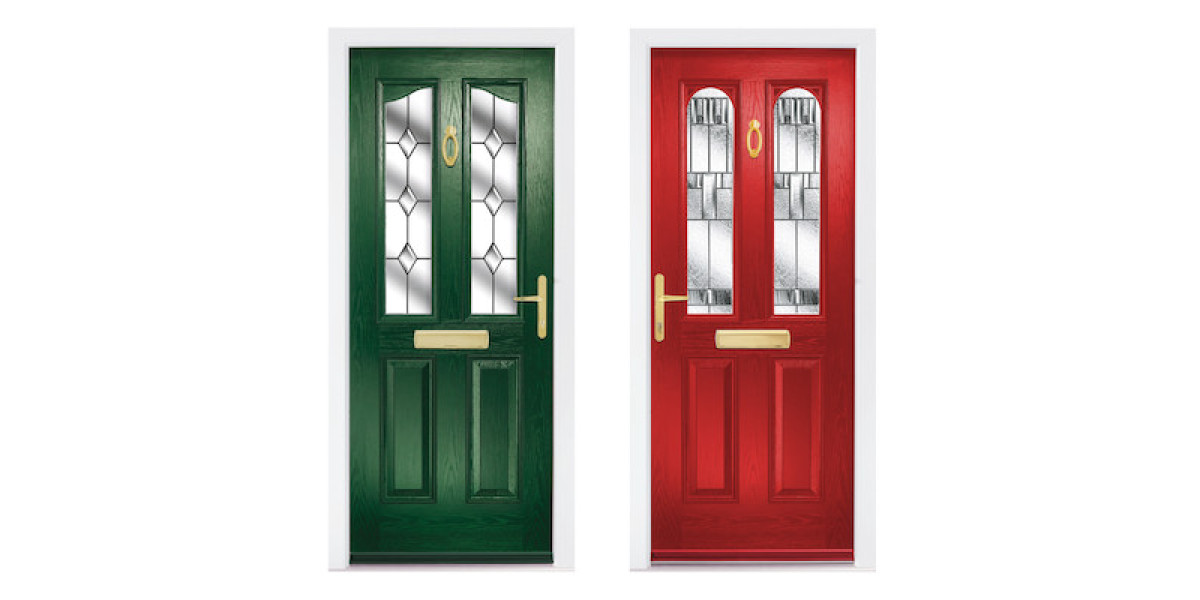Quick Door Repairs: A Comprehensive Guide
Doors are an important part of any home, serving both functional and aesthetic purposes. In time, however, they can become worn, damaged, or dysfunctional, resulting in a series of concerns from drafts to security issues. Luckily, many door repairs can be dealt with rapidly and effectively with the right tools and methods. This guide offers a detailed summary of typical composite door repairs issues and how to address them, ensuring your doors stay in leading condition.

Typical Door Issues
- Sticking or Binding Doors
- Loose Hinges
- Damaged Locks
- Spaces and Drafts
- Broken Panels or Glass
- Worn Weatherstripping
Tools and Materials Needed
- Screwdriver (flathead and Phillips)
- Hammer
- Wood sculpt
- Wood filler
- Sandpaper
- Paint or stain
- Weatherstripping
- Replacement hinges
- Lock repair package
- Glass repair kit
- Silicone sealant
Sticking or Binding Doors
Causes:
- Warping due to humidity
- Misaligned hinges
- Inflamed wood
Solutions:
Adjust Hinges:
- Loosen the hinge screws somewhat.
- Tap the local composite door repairs into place with a rubber mallet.
- Tighten the screws again.
Sand the Edges:
- Identify the sticking area.
- Lightly sand the edges with fine-grit sandpaper.
- Wipe off the dust and test the door.
Lubricate the Hinges:
- Apply a silicone-based lubricant to the hinges.
- Open and close the composite door replacement several times to operate in the lube.
Loose Hinges
Causes:
- Overuse
- Poor setup
- Loose screws
Solutions:
Tighten the Screws:
- Use a screwdriver to tighten up all hinge screws.
- If the screws are removed, remove them and fill the holes with wood filler or a wooden matchstick.
- Reinsert the screws and tighten up.
Replace the Hinges:
- If the hinges are seriously damaged, change them with brand-new ones.
- Make sure the brand-new hinges match the existing ones in size and finish.
Damaged Locks
Causes:
- Wear and tear
- Required entry
- Rust
Solutions:
Lubricate the Lock:
- Use a graphite or silicone-based lubricant to maximize the mechanism.
- Insert the secret and turn it a number of times to disperse the lubricant.
Change the Lock:
- If the lock is beyond repair, change it with a new one.
- Follow the producer's directions for setup.
Gaps and Drafts
Causes:
- Worn weatherstripping
- Misaligned door frame
- Loose hinges
Solutions:
Replace Weatherstripping:
- Remove the old weatherstripping.
- Step and cut the brand-new weatherstripping to fit.
- Set up the brand-new weatherstripping, guaranteeing it is snug and secure.
Change the Frame:
- Check for spaces around the frame.
- Usage shims to change the frame and make sure a proper seal.
Seal Gaps:
- Apply silicone sealant to any spaces around the composite door repair service door Repair cost (www.repairmywindowsanddoors.co.uk) frame.
- Smooth the sealant with a putty knife and permit it to dry.
Broken Panels or Glass
Causes:
- Accidental damage
- Vandalism
- Old and brittle materials
Solutions:
Replace the Panel:
- Remove the damaged panel.
- Procedure and cut a new panel to fit.
- Install the brand-new panel and secure it with suitable fasteners.
Repair or Replace Glass:
- Remove the broken glass carefully.
- Step and cut a brand-new piece of glass to fit.
- Set up the new glass and secure it with glazing points and putty.
Used Weatherstripping
Causes:
- Age
- Sun direct exposure
- Weather
Solutions:
Inspect Regularly:
- Check the weatherstripping for indications of wear.
- Replace it as needed to preserve an airtight seal.
Choose Quality Materials:
- Invest in top quality weatherstripping that can stand up to the components.
- Consider materials like silicone or EPDM rubber for sturdiness.
FAQs
Q: How typically should I inspect my door hinges?A: It's a great concept to examine your door hinges a minimum of when a year, particularly if you reside in a damp or coastal location. Regular evaluations can assist you capture concerns early and avoid more substantial damage.
Q: Can I repair a sticking door without removing it?A: Yes, in a lot of cases, you can adjust the hinges or sand the edges without eliminating the door. Nevertheless, if the door is significantly deformed or damaged, you may need to remove it for a more thorough repair.
Q: What type of lube is best for door locks?A: A silicone-based lubricant is generally the best choice for door locks. It provides a smooth, long-lasting service without drawing in dirt or grime.
Q: How can I avoid gaps and drafts around my doors?A: Regularly check and replace used weatherstripping, guarantee the composite door maintenance service frame is properly lined up, and use silicone sealant to fill any gaps. Furthermore, keeping the door and frame properly maintained can assist avoid problems from developing.
Q: What should I do if my door lock is jammed?A: First, attempt lubricating the lock with a silicone-based lube. If that doesn't work, you may need to take apart the lock to tidy and repair the mechanism. If you're not comfortable doing this yourself, consider calling a professional locksmith.

Preserving and repairing your doors is essential for both the functionality and aesthetic appeals of your home. By dealing with common problems like sticking doors, loose hinges, and damaged locks, you can ensure your doors remain in top condition. Routine maintenance and prompt repairs can extend the life of your doors and save you cash in the long run. With the right tools and methods, lots of door repairs can be dealt with rapidly and efficiently, keeping your home secure and comfortable.
By following the actions detailed in this guide, you can take on a variety of door concerns and keep your home looking its best. Whether you're a DIY lover or a house owner trying to find useful options, these ideas and techniques will help you maintain your doors with self-confidence.






